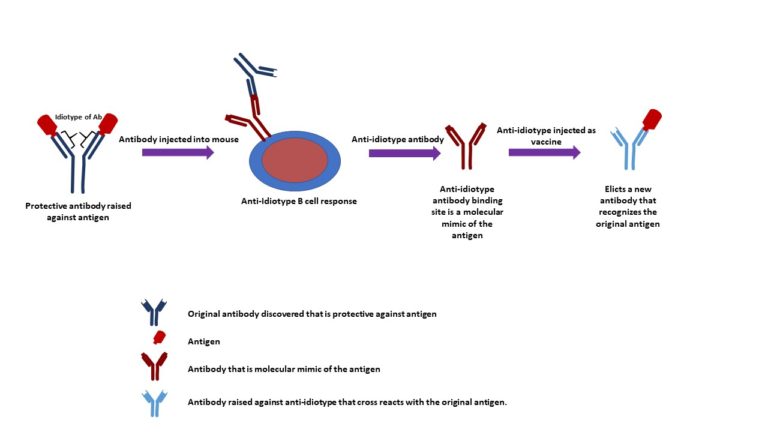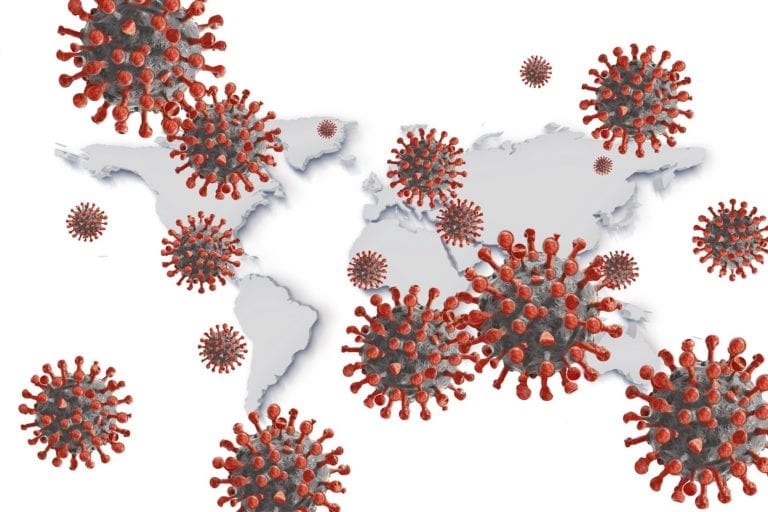
Breaking away from traditional vaccines
Will the global demand for fast, effective vaccines transform the vaccine space? Historically vaccines have been made from modified pathogenic agents employed to produce active

Will the global demand for fast, effective vaccines transform the vaccine space? Historically vaccines have been made from modified pathogenic agents employed to produce active

Since the onset of the SARS-CoV-2 pandemic, companies moved quickly to produce rapid antigen tests that could detect SARS-CoV-2 cases within minutes compared with hours

Although several COVID19 vaccines have been approved and population immunity rates are increasing, it will still be a long time until everyone is immune. Until

Polyethylene glycol (PEG) is a synthetic ethylene oxide polymer with a repetitive structure of (O-CH2-CH2)n. In the 1970s Dr. Frank Davis reported the modification of a new recombinant protein with PEG with the goal of enhancing pharmacokinetics. The process of covalent coupling of PEG to another molecule including proteins, peptides, antibodies, and aptamers became known as PEGylation.

One year after the SARS-CoV-2 was declared a pandemic, over 110 million cases and 2.5 million deaths worldwide, unprecedented lockdowns, quarantines and economic devastation, several vaccine candidates have been approved by regulatory authorities. But what do the emergence of new SARS-CoV-2 mean for vaccination and the end of the global pandemic?

Several studies have been performed demonstrating the applicability of IgY in diagnostic virology where it can be used as a biological input in immunoassays. In the first outbreak of SARS-CoV, an immunoswab assay was developed to detect the SARS-CoV nucleocapsid protein of the virus and compared the use of an IgG monoclonal antibody (mAb) with a chicken IgY antibody.

Will the global demand for fast, effective vaccines transform the vaccine space? Historically vaccines have been made from modified pathogenic agents employed to produce active

Since the onset of the SARS-CoV-2 pandemic, companies moved quickly to produce rapid antigen tests that could detect SARS-CoV-2 cases within minutes compared with hours

Although several COVID19 vaccines have been approved and population immunity rates are increasing, it will still be a long time until everyone is immune. Until

Polyethylene glycol (PEG) is a synthetic ethylene oxide polymer with a repetitive structure of (O-CH2-CH2)n. In the 1970s Dr. Frank Davis reported the modification of a new recombinant protein with PEG with the goal of enhancing pharmacokinetics. The process of covalent coupling of PEG to another molecule including proteins, peptides, antibodies, and aptamers became known as PEGylation.

One year after the SARS-CoV-2 was declared a pandemic, over 110 million cases and 2.5 million deaths worldwide, unprecedented lockdowns, quarantines and economic devastation, several vaccine candidates have been approved by regulatory authorities. But what do the emergence of new SARS-CoV-2 mean for vaccination and the end of the global pandemic?

Several studies have been performed demonstrating the applicability of IgY in diagnostic virology where it can be used as a biological input in immunoassays. In the first outbreak of SARS-CoV, an immunoswab assay was developed to detect the SARS-CoV nucleocapsid protein of the virus and compared the use of an IgG monoclonal antibody (mAb) with a chicken IgY antibody.

Subscribe to receive product updates & promotions.